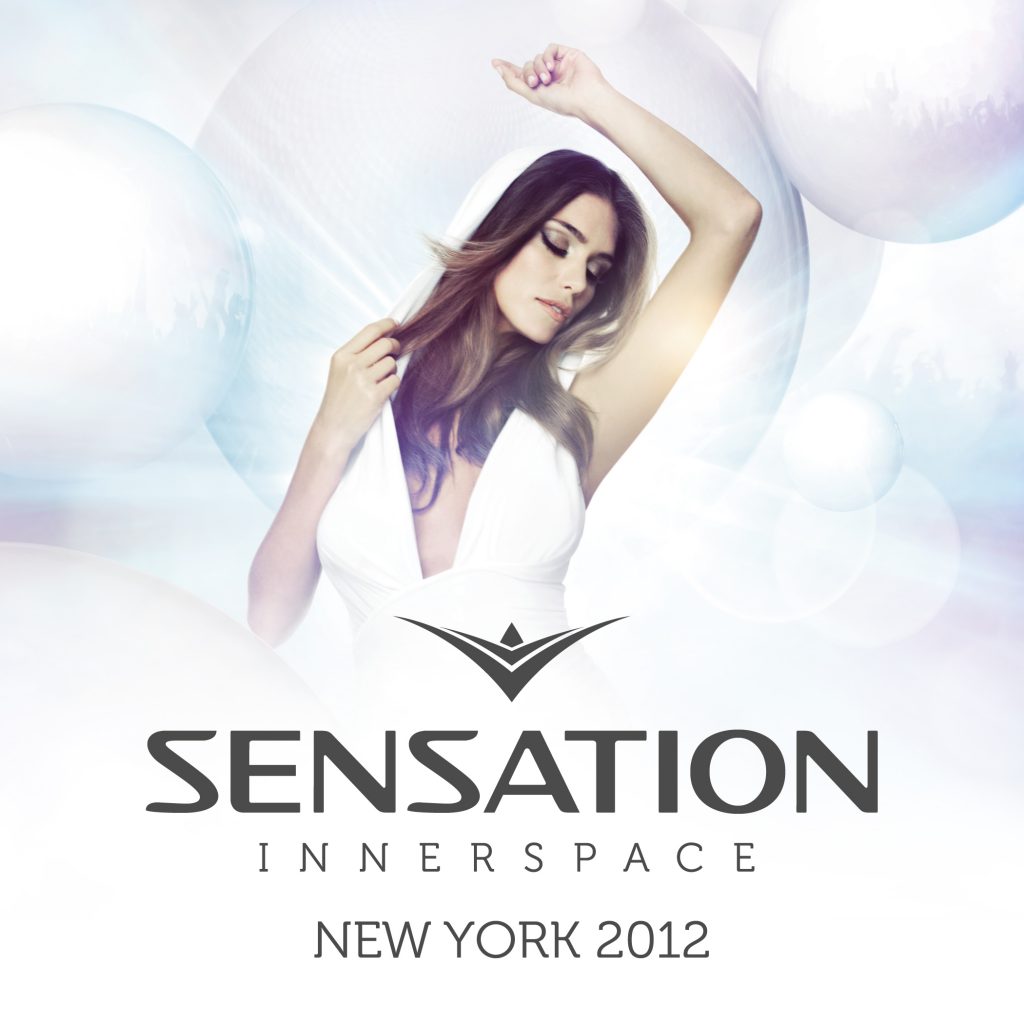Sensation refers to the experiences which arise through the stimulation of sense organs. When a stimulus excites a sense organ, the result is stimulation. In other words, sensation can be defined as an experience which arises through the activity of the sense organ.
Sensory channel is made up of receptors for e.g. rods and cones in vision, nerve fibres leading from the receptor to the central nervous system and the various relay stations and places of termination within the central nervous system.
Characteristics of Sensation:
The nature of sensation has the following characteristics:
ADVERTISEMENTS:
(i) Each sense organ is sensitive to a particular kind of stimulus, e.g., eyes are sensitive to light waves, cars to sound waves, etc.
(ii) Receptors of each sense organ respond to specific kinds of physical energy only, e.g., eyes respond to light energy within the range of 380 nanometres to 780 nanometres only. Ears respond to sounds between 20Hz to 20,000 Hz. Our sense receptors are capable of responding to only a restricted range of stimulation.
(iii) Our sensation is relative. A stimulus always occurs against the background of other stimuli and this affects the sensation, e.g., a diamond appears brighter against the background of black velvet. Against any other background it will not look so bright.
ADVERTISEMENTS:
(iv) Adaptation is another important characteristic of our sensation. Sensory adaptation refers to the change brought about in our sensory receptors by their continued stimulation or lack of it. In other words, when sense organs are continually stimulated, they show a gradual decrease in sensitivity to the stimulus.
(v) Another important feature of sensory stimulation is that a stimulus must be of a certain minimum strength to excite the sense organ. The minimum strength of a stimulus that is necessary to excite any particular sense organ is known as absolute threshold.

